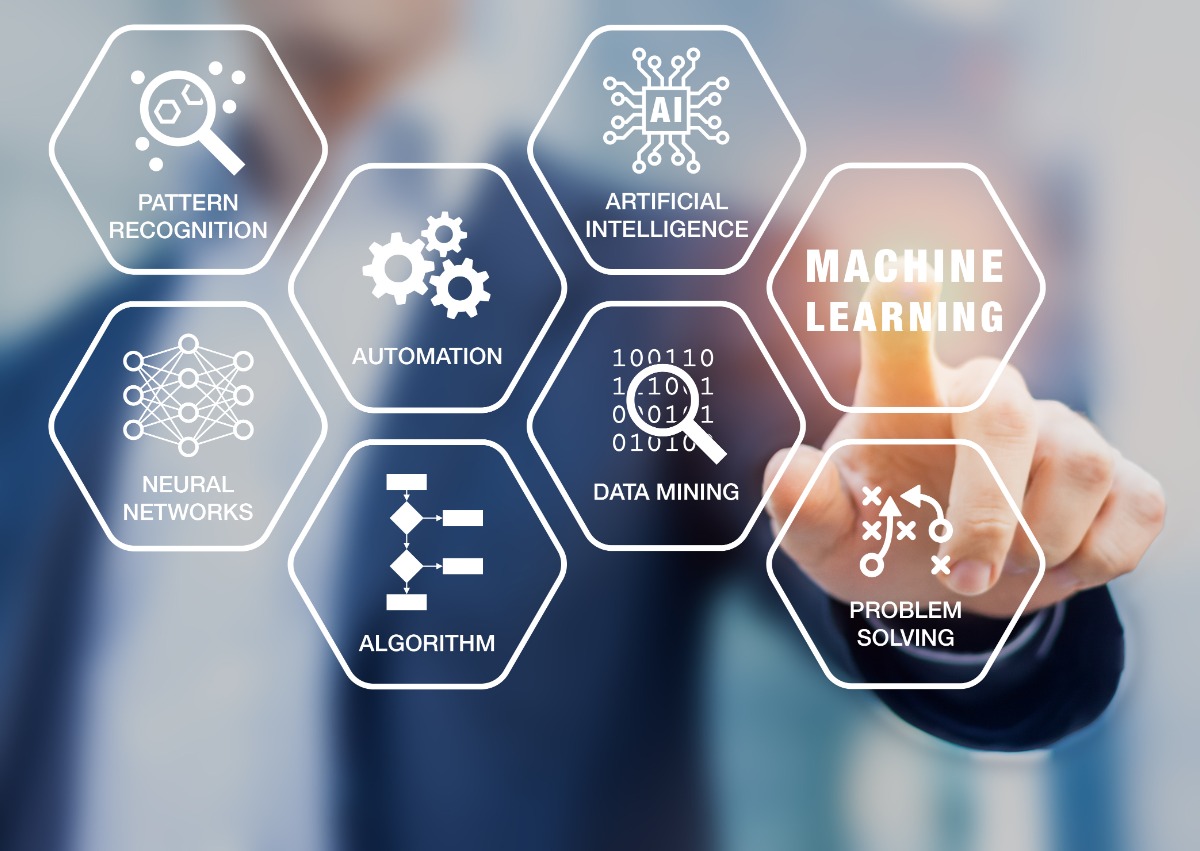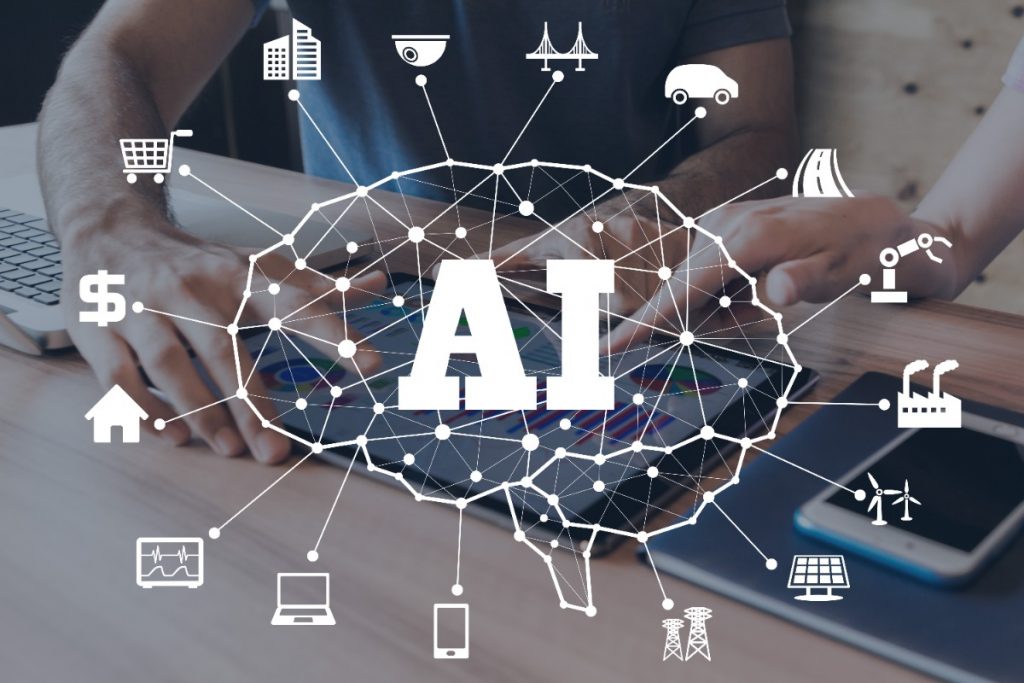There are so many incredible ways in which Machine Learning (ML) and Artificial Intelligence (AI) influence our daily lives. AI assists us in every facet of our lives, whether it’s reading our emails, giving us driving directions, or making music or movie suggestions. In this article, we show instances of how artificial intelligence is an integral part of our daily lives.
What Is AI?
The goal of artificial intelligence, also known as AI, which is a subfield of computer science, is to develop clever machines. In other words, to create devices and systems that are capable of carrying out complicated activities that frequently need human intelligence.
There are two primary categories of AI: strong artificial general intelligence and weak artificial general intelligence (AGI).
Artificial intelligence in its current forms can be categorized as either limited or weak AI. It includes gadgets and systems designed or set up to excel at a certain task, like, facial recognition.
Artificial general intelligence (AGI), also known as strong AI, is the ideal condition in which intelligent robots can do tasks that are significantly not near as possible for humans. It’s a stage of artificial intelligence advancement that we haven’t yet reached.
How Are We Using AI?
What is the purpose of artificial intelligence? How can you personally use AI? The internet, such as Centurylink internet deals, is a part of AI.
Each time you perform a web search, the complex algorithms or mathematical operations at the center of the search engine provide suggestions based on logical connections with the words you enter or speak. They also record your responses to the results and use this data to make future searches more accurate. Online search and recommendation engines are only two of the many ways that AI is used in daily life that we take for granted.

There are countless further applications of AI across various fields and sectors. In fact, AI is also actively present on different platforms.
Social Media
Deep learning is assisting Facebook in extracting value from a growing share of its unstructured datasets, which are generated by over 2 billion users who update their statuses 293,000 times every minute. A large portion of its deep learning technology is constructed using the Torch framework, which focuses on deep learning and neural networks.
Instagram also uses big data and artificial intelligence to target advertising, stop cyberbullying, and remove abusive comments. As the platform’s content grows, artificial intelligence becomes increasingly important to provide consumers with relevant information, combat spam, and improve the user experience.
Digital Assistants and Chatbots
Consumer voice-to-text platforms like Amazon Alexa, Apple’s Siri, and Google Assistant combine the internet, AI capabilities, and voice-to-text technology to conduct searches, make to-do lists, place online orders, set reminders, and respond to inquiries. You can integrate and automate them into your daily routines with your smart home systems.
Conversational interfaces, often known as chatbots, train computers to serve customers by using algorithms. Complex queries needing in-depth answers can be answered by sophisticated chatbots, giving users the appearance that they are speaking with a real customer service agent.
Commercial enterprises are saving money with artificial intelligence in online apps like chatbots because it lowers labor expenses while improving customer experience.
Autonomous Vehicles and Aircraft
Unmanned Aerial Vehicles (UAVs), also known as drones, play a significant role in our airspace. They conduct surveillance and serve as delivery services in an increasing number of projects, such as the delivery of medicines and other necessities to elderly people. This was a lifesaver during the COVID-19 pandemic.
The use of such cars and trucks will rise as artificial intelligence and IoT (Internet of Things) technologies develop and mature, even though the market for self-driving cars is still in its developing years.
Gmail’s Smart Replies
Smart answers allow users to respond to emails with basic sentences such as “Yes, I’m working on it,” or, “No, I have not.” by clicking a button. Users have the option of using a one-click smart reply or manually inputting their response.
Gmail, for example, provides “smart reply” choices if you send an email to someone about an upcoming game and they can reply to let you know that they are interested in attending.
E-Commerce
Consumers’ online shopping experiences are enhanced by online commerce (eCommerce) and shopping machine learning (a subset of AI). This allows for more individualized recommendations and more expedited purchasing procedures.
Commercial enterprises can optimize their logistics with the help of automated warehouse and supply chain management systems powered by AI. Meanwhile, sentiment analysis helps them stay more in touch with the preferences and behavior of their customers.
Manufacturing and Production
In the industrial sector, AI systems help manufacturers maintain quality control requirements and keep their operations operating by using proactive monitoring and data analytics to enable preventive or predictive maintenance.
AI technologies also support robotic process automation (RPA), which shortens production cycles and increases efficiency.

Image from Adobe Stock
All in All
Every day, artificial intelligence improves the quality of our everyday lives. Unknowingly, AI powers many applications and services that assist us in performing routine tasks, including contacting friends, utilizing email, using ride-sharing services, or even word counts in documents.
Knowing that most of us use AI on a daily basis and have for many years may give you some peace of mind if you have concerns about its use.

